These three things are next for my art business, and I’m not sure which one to prioritize.
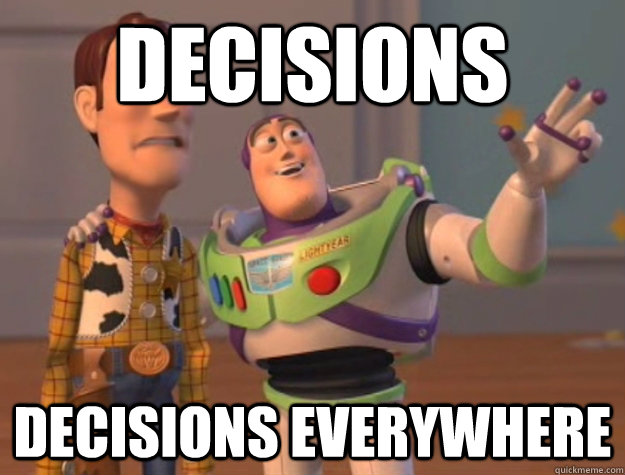
1. Writing a business plan—or seven.
2. Validating the idea—with qualitative interviews, pay per click Google Ads and/or some other way.
3. Just generating more and better product—e.g., moving books or book-like entities I already have towards actual books on a platform like Amazon’s CreateSpace, to publish online and/or via print-by-demand.
Making money—which pretty much has to happen online now since I’m traveling without work visas—also has to happen. This creates obvious problems such as space-time existing. Also feeling like the world is judging me and I am losing a game because I am not making money, but one gets over the latter as a weirdo early on. The judging part at least. The game, I want to win.
So I’ll do what I always do when I don’t know what to do. I’ll figure it out writing.
Writing a Business Plan
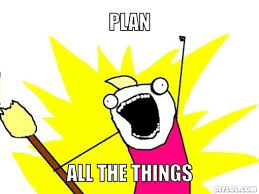
It is ungodly stupid that I have invested five figures in attempting to launch a business without writing a business plan. But instead of remedying this mistake once identifying it, I have been stuck for a week on which business plan to write.
Is it the plan that identifies writing as my strongest, most marketable love and creative skill, and finds markets accordingly, e.g., using services like ELance.com to monetize immediately and flow flexibly from there?
The plan that integrates all my completed or partial products—such as the draft screenplay, play, illustrated poetry book, illustrated allegory/children’s book series Where the Wilde Thinks Are, album of original songs, hundreds of oil paintings, meme business idea, editing, tutoring, grant proposal assistance business, and social media strategy consulting service—into a whole vision of what I hope to accomplish in a few years? The plan that hones focus to one of those things?
The plan that involves showing up to the Old Vic saying “Help me, I’m a poet!” and having magic happen, or the plan that involves inventing an acting resume to make it happen in the cliquey theater scene beyond the really only lovely people I’ve been fortunate enough to meet so far?
For a lot of people who have trouble thinking big-picture, making a business plan is probably a good first-next step at any stage of business launch. But if you are, like me, so over-analytical you have decision rules for ordering dinner and you need a plan to make a plan to make a plan—maybe planning is not the first-next step. Maybe planning is a sure-fire way to dig yourself into a hole in your head where the sun don’t shine. Maybe you gotta take that idea outside first and last.
Validating the Idea
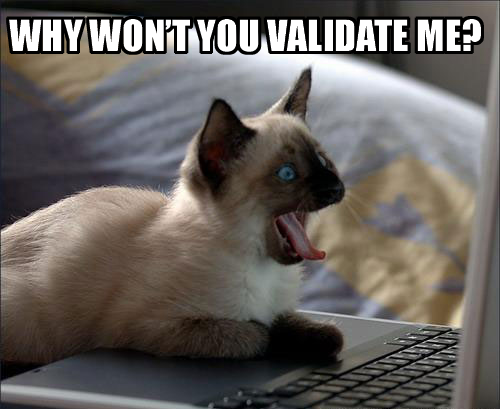
Maybe validating the idea is the next step. A lot of business gurus recommend this as a first-next step at any stage of business launch anyway. You can do it with interviews—a.k.a., talking to people. You can do it with Pay Per Click Google Ads that only cost you if the idea is going to make you money anyway, in conjunction with a landing page on another platform. You can do it by identifying successful businesses doing stuff like what you think you want to do, and asking for their business plans. (Ok, this last thing might be a combination of research, plagiarism, and networking rather than idea validation.)
Validating makes more sense to me than planning, because it offers the prospect of the market narrowing possibilities for me. Why write seven business plans and then ask people what they think trying to figure out which is the best, when I can ask people to show-not-tell me what’s good? It’s more efficient to test first, plan later.
But. What product do I put out there as an artist—without investing ten years making the perfect product, or three months (or even three days) making a book ready for publication, or painting a few hundred more oil paintings? How do you validate art as a business idea without generating the product?
That is not a rhetorical question. I have no idea. You probably wouldn’t try to validate a movie poster and then make the movie if people clicked on it online. You would want a more in-depth validation in the right market for a product that took the kind of investment a movie takes.
So validating probably comes before planning for me and most artists. That’s an important insight to share because it’s not something most business bankers or mentors, Chamber of Commerce branches, and other usual sources of start-up information will tell you. It’s an insight from the venture capital community that I seem to have accidentally started talking with. That’s actually a different community. I think. They’re the people who profit from successful start-ups first, other than entrepreneurs. So of course bankers who make decisions off forms will want a document showing you can do forms—the business plan. And venture capitalists who make profits off your profits will want proof of concept that people want to buy what you’re selling.
But it’s not obvious how you validate your business ideas as an artist without generating the product.
Generating the Product
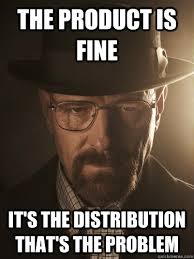
As far as I know, generating the product means painting the hundreds of paintings—without knowing (or particularly caring) whether someone will buy them. It means writing blogs and books and things to communicate, think, learn, share what you’re learning, and hone questions about what you still don’t know—without knowing (or particularly caring) whether someone wants to read them. It means crawling in the shower to record songs alone on your M-Track without knowing whether you’ll even be capable of singing them in front of anyone else. (And then doing it on the streets of Mexico City.)
This is the problem with art, and indeed with all ideas. They’re internal before they’re external, inchoate before they’re social. But it’s a particularly sticky problem in art as a business. Because sometimes the process is the product. And you have to show up to play to know what that means.
That sounds pretty fuzzy and risky. So I’m not satisfied with it as an answer to the question—plan, test, or do? It’s just as far as I’ve gotten right now.
Making Money—or Being Too Busy Working for Myself to Bother
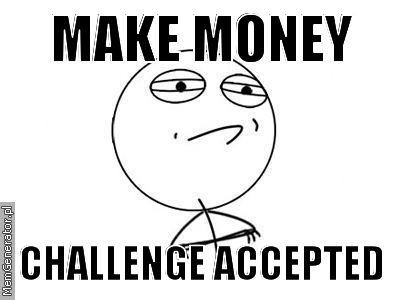
So what’s the worst that happens if I quit my life to pursue art? This is a question I stayed up many nights asking before deciding I would just have to do it to see. An illustrated short story—When I Am Living in My Car—resulted from that process.
Maybe that story itself is a product I can use to test different answers to the plan, test, or do question. It makes sense to see if I can trouble-shoot silly technical problems with my illustrated books—e.g., the largest one tends to crash Microsoft Word because it’s not made for image-heavy text files—by putting the images and text together in an app made for making illustrated books in the first place. And then I’ll have a product to offer, to try finding markets or validating book ideas before deciding where books fit in my business plan, or whether it’s likely to be lucrative or make me popular to try to become the Dr. Seuss of community-oriented policing and other forms of humanism.
If it seems to work and is easy enough, I can publish other things that way, like the illustrated poetry book I think highly of as a work of literature and art. If it doesn’t seem to work, then I know what else to try next.
I seem to keep running lists of common desires and the goods/services I see successful businesses around me providing to fulfill them through my head now, like I used to run lists of what had gone or could go wrong, dissertation hypotheses, or things to do. It’s funny because they’re not original, most of them work off an arbitrage model (or nested-doll arbitrage models), and I don’t know how they relate to art as a business yet. But I get the occasional flash of obvious insight, like how commercial art tends to make people happy just like commercial food tends to sell on the emotions it evokes. People want good food, coffee, sleep, sex, to feel important… And people want to be happy. You can make people happy with intellectual honesty in news and you can make people happy with genuine soul in art. There’s no necessary conflict between story-telling and market success.
I slept on my stuckness last night, and awoke with the kind of clarity I rarely get and more rarely share. I have wanted to write a book and have a baby since I got my B.A. and an office job at 20. Ten years later, I have a PhD and walked away from a Harvard fellowship, alienating my academic friends to whom that move was unimaginable. But it was overdue. If I could do anything all day, every day, it would involve standing in a kitchen dancing and writing. This sounds simple and old-fashioned.
It’s actually insanely ambitious and depends on me understanding cutting-edge technologies and accordingly swiftly-changing markets. Because how people are reading is changing with social media, Kindles, self-publishing, and other aspects of the current communication and entertainment revolution. A recent Variety survey showed the five most influential figures among 13-18 years olds in the U.S. were Youtube stars.
Besides, I want the book to be Literature—and to keep producing—and to make a lot of money (millions) making a lot of people’s lives better (millions). Plus I want to love and be loved. Not just write any old book. Not just have any old baby.
If the universe were a waitress, she’d probably be smacking her gum with her hand on her hip, glaring at me before flipping her order-pad closed and walking away about now. Pie-in-the-sky, right?
Maybe not. Knowing that I primarily want to write books and work from home—while traveling and working or volunteering abroad frequently—I can come up with three next-steps each to solve the plan, test, or do conundrum. (When in doubt, do all the things.)
Business plans are important because honing your desires into goals involving specific ends like time and money, using the power of your unconscious and conscious minds to formulate specific plans for achieving those goals in terms of means, and changing the plan as you learn—this level of taking your dreams seriously predicts success for all sorts of good reasons. So I’ll start writing a business plan that omits everything but writing, but assumes I have to be flexible around market demand in what I write in the short- and medium-term. This means (1) picking a template, (2) writing a draft, and (3) bouncing it off someone who knows what a business plan should look like.
Validating artistic products without investing a lot of time in creating them is important, and successful commercial artists who didn’t lose their soul—Jim Henson comes to mind because I’m reading this great art business book that uses him as an example—often manage to do that. If it’s easy enough to learn to create ebooks or print-on-demand books, though, I’d really like to try validating the market for a few things I already have written by making the manuscripts into books, and experimenting from there. This means (1) picking a publishing platform, (2) pouring in an existing manuscript, and (3) picking a validation platform to experiment with next.
Doing is harder in some ways on the road, outside of my own space, and not knowing how the money part of this life experiment is going to work. Like a lot of artists, I have to give myself permission to do it like it’s my job. Because it is. So this means (1) reviewing Henry Miller’s 11 rules, (2) finishing the first draft of a short, illustrated allegory for community-oriented policing and racial-religious mistrust spirals, Whoa, Listen to the Music, and (3) visiting with Hedy Lamarr (in my imagination) in one of the longer projects that keeps coming back to me as a possible priority for this year, Interviews with Dead People.
Hedy knows a lot that’s important to the policing allegory anyway, because she invented a technology that contains a central insight about mutual recognition. Always match. Always start with “yes, and.” Always sing at dinner parties.
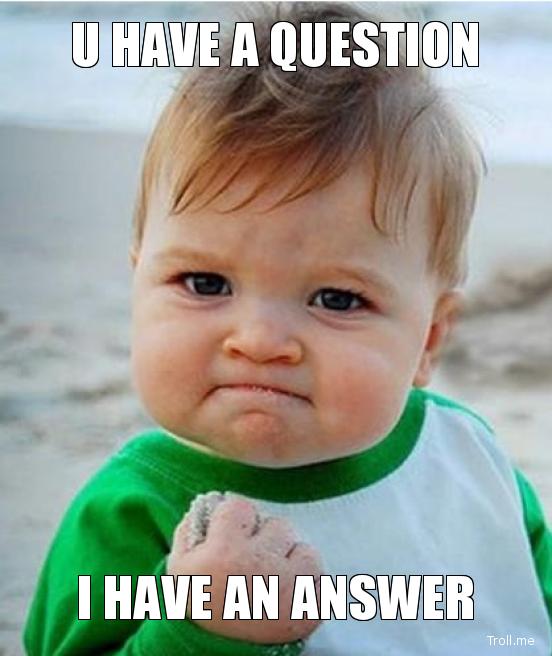
And this is why I write.